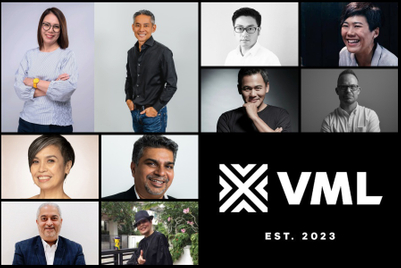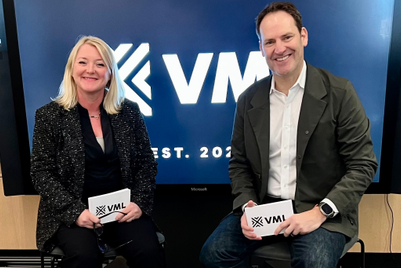
Background and aim
Danone’s Aqua is the world’s largest bottled-water brand. The first mover in Indonesia, the brand was the clear category leader in a segment selling some 23 billion liters per year. The Aqua name had also become the generic term for bottled water nationwide.
However, the number of other bottled-water brands had increased by 300 percent in three years, and the brand also faced competition from multiple non-alcoholic beverages, including ready-to-drink teas, carbonated drinks, juices and isotonic beverages.
Using lifestyle-driven marketing, other drinks were appealing to young adults, who perceived water as a mundane commodity and did not choose it when out socializing or ‘on-the-go’. The challenge was to 'rehydrate' the Aqua brand and recapture market share.
Execution
Comprising 43 percent of the population, but consuming far less water than older adults, teens and young adults represent the future of the business and therefore the ‘must-reach’ demographic. Based on the insight that 11- to 30-year-olds take water for granted, the idea was to show them life without it.
The campaign included a series of TVCs showing amusing scenarios in which the protagonist made a silly mistake due to dehydration. Each ad concluded with the hashtag #adaAqua, which translates to '(Have you) got water?'.
The brand encouraged conversation on Twitter by inviting people to share their own awkward moments caused by dehydration, with the most entertaining ones to receive a year’s supply of Aqua. Hidden camera ‘reality’ style TVCs pranked consumers into spotting the celebrity vendors, and a 'mind-controlled vending machine' required users to concentrate to win prizes. The campaign also included outdoor placements.
Results:
- The brand exceeded sales targets by more than 30 percent, with overall volume growth of 19.2 percent and 5.2 percent growth in volume share.
- The campaign grew the category by 28.8 percent versus a 16.4 percent average—plus a +3 index on the target segment, +3.3 percent net conversion and +5 points repeat rate.
- Having targeted 50,000 mentions for the hashtag, the campaign delivered over 450,000 uses of "#adaAqua'.
- Brand recognition rose to 92 percent from a 68 percent norm, and 58 percent equated lack of Aqua to lack of focus, versus a 42 percent norm.
- The campaign generated hundreds of thousands of stories, plus memes and parodies galore. #adaAqua became Indonesia’s first-ever branded trending topic, generating a staggering 6 billion impressions.
- Extra proof that the campaign had entered the local vernacular came on National Day, when the vice president neglected to salute the country's flag: The next day’s news headlines pointed out that he’d obviously forgotten his Aqua.


.jpg&h=334&w=500&q=100&v=20250320&c=1)
.jpg&h=334&w=500&q=100&v=20250320&c=1)

.jpg&h=334&w=500&q=100&v=20250320&c=1)
.png&h=334&w=500&q=100&v=20250320&c=1)
.png&h=334&w=500&q=100&v=20250320&c=1)











.png&h=268&w=401&q=100&v=20250320&c=1)